Capture: Spring is Like a Perhaps Hand
1301 Responses
First ←Older Page 1 … 13 14 15 16 17 … 53 Newer→ Last
-
Not quite such a classic as Sofie's immaculate Triumph, but nice if you like this kind of thing. -
Sofie Bribiesca, in reply to
-
-
Sofie Bribiesca, in reply to
-
-
Nora Leggs, in reply to
Inside and out, Surfs up.
You've got the wall of the Lucha Lounge in the background there, this pic could almost belong on the Auckland Rock City thread : )
-
Sofie Bribiesca, in reply to
-
Lilith __, in reply to
Should have shaved the new tyres
To make "high speed" tyres? ;-)
But I'm not seeing any Anorak Guy, or any voluptuous curves! We are disappointed.
-
-
On the theme of growing stuff, how about plants on top of buses? It can be done !!
“nomadic urban agriculture.”, oh yes!! -
Sofie Bribiesca, in reply to
Spring huh? I have wood, I will build. ;-)
Soo, get to... ;)
-
Cecelia, in reply to
How do you stop little worms getting into your carrots?
-
Leigh Russell, in reply to

How do you stop little worms getting into your carrots?
Hi Cecelia! I imagine you’re thinking of wireworm? I've included a photo for identification purposes. I do my best to think inclusively about The Little People with whom I share the garden, but have to admit that I find wireworm rather heavy going!
There seem to be no easy answers to deterring them without resorting to poisons, which I avoid. I’m fortunate that that particular part of the garden has very few, and so little has been lost to them. The potato bed did have a bit of a problem, but not for all that long, and the potatoes that I harvested early – before Christmas, had no problem at all. And then after a month or two the rest seemed to be free of it.
I have read that wireworm is the larval form of the ‘click’ beetle, and my guess is that it goes through the larval stage and then loses interest in the root veg. I don’t know if this is so or not. My sister, who lives nearby, had big losses from her potato crop to wireworm, but when we had prepared the ground before planting the pieces of potato for the new crop, we dug up masses of self sown ones which had no worm nibbles in them At All!!! I have also read that wire worm is endemic in lawn grass, and that after a patch of garden has been cultivated for five years (ie: used for some other purpose than lawn), that they cease to live there. There again I don’t know how true this is – and look forward to seeing how our summers crops fare. Last seasons crops were the first that were ever planted here, and I dug up a lot of lawn in order to achieve that. Thank Heavens I don’t have to do That Again!!! I summed up the first year in this garden in this article: First year in this garden ~ looking back on a season of plenty.
Not sure if I’ve answered your question at all, but maybe some of the above is of interest. :-)
-
Joe Wylie, in reply to
I have no experience of wireworm and carrots, but companion planting of marigolds in an area where the wise old locals swore that wireworms made growing spuds next to impossible worked like a dream. Rows of dwarf marigolds between the rows of spuds did the trick, with only one wireworm found. For whatever it may be worth, it was a very high rainfall area.
-
Leigh Russell, in reply to
how about plants on top of buses?
Wow, these are wild and crazy gardens! Not too fast around the corners, please and go easy on the hills!!! :-) Very nice, I liked them a lot, and the world definitely needs more such fun and ingenuity!
-
Leigh Russell, in reply to
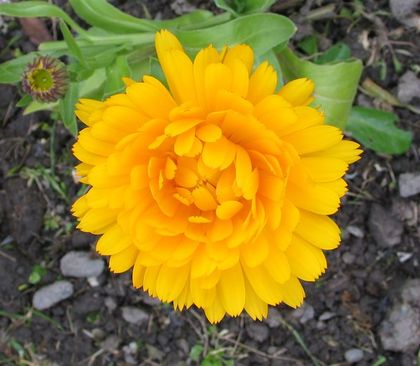
companion planting of marigolds in an area where the wise old locals swore that wireworms made growing spuds next to impossible worked like a dream
Joe, how brilliant, thanks for the tip! I have hundreds of marigolds growing all over the place here. I'm not sure what a miniature one is. Mine are like the one above...
-
Joe Wylie, in reply to
I have hundreds of marigolds growing all over the place here. I'm not sure what a miniature one is. Mine are like the one above...
This is what I recall - the little pom-pom shaped ones with the feathery foliage. I recall that any marigold was claimed to work on account of some property they had that repelled wireworm, so the miniatures were chosen because they fitted well between the potatoes. The idea came from one of those 70s organic gardening books, probably Ruth Stout. Not all of her recommendations worked for me, but that one sure did.
-
Islander, in reply to
Is also in Rodale and numerous English*
herbals…
*which is almost certainly wireworm came from
-
Leigh Russell, in reply to
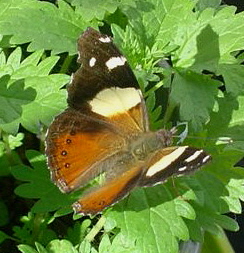
This is what I recall – the little pom-pom shaped ones with the feathery foliage.
Okay, I see, thank you. And hello Islander. Could be a good idea to locate some of these older books and have a look through them. I read somewhere that Marigolds are good hosts to ladybirds which I am always glad to have around, partly for their charm but also for their aphid hoovering capabilities. I always have stinging nettles too, which are such remarkable plants.
One herbal I do have which is rather special is Murdoch Riley's "Maori Healing and Herbal" - a wonderful tome with no end of odd and unexpected stories in it. I've never used it as a guide to making anything, just love the anecdotes and knowing something more about the plants.
-
Islander, in reply to
One herbal I do have which is rather special is Murdoch Riley’s “Maori Healing and Herbal” – a wonderful tome with no end of odd and unexpected sto
It's also pretty accurate- Murdoch is one of the unsung heroes of 'amateur' ethnobiology/botany& bird lore-
-
Joe Wylie, in reply to
English*
*which is almost certainly wireworm came from
We pay 'em back in planarians.
-
-
Lilith __, in reply to
New Brighton, on a sparkling spring Sunday
Doesn’t it look nice!! You picked a good weekend to come down. :-)
The sky seems so big at Brighton on a clear day. The perfect place to fly kites.
-
Islander, in reply to
And our munch-anything earthworms!
-
JacksonP, in reply to
Some pictures from New Brighton, on a sparkling spring Sunday.
Brilliant. The sky is intense.

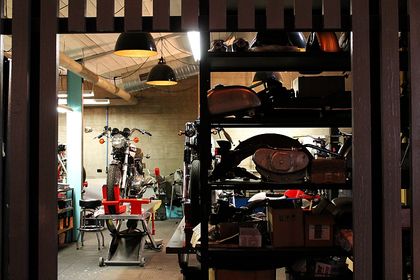




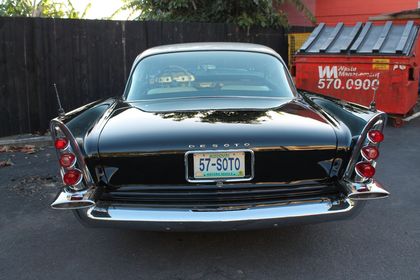
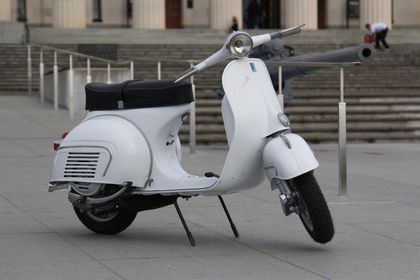
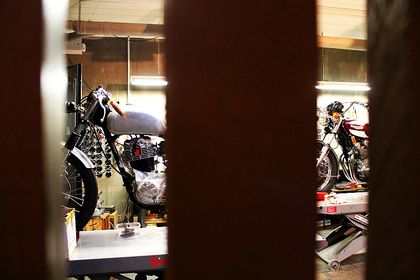






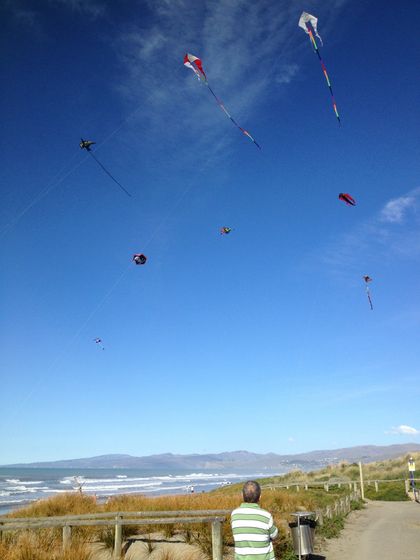
Post your response…
This topic is closed.